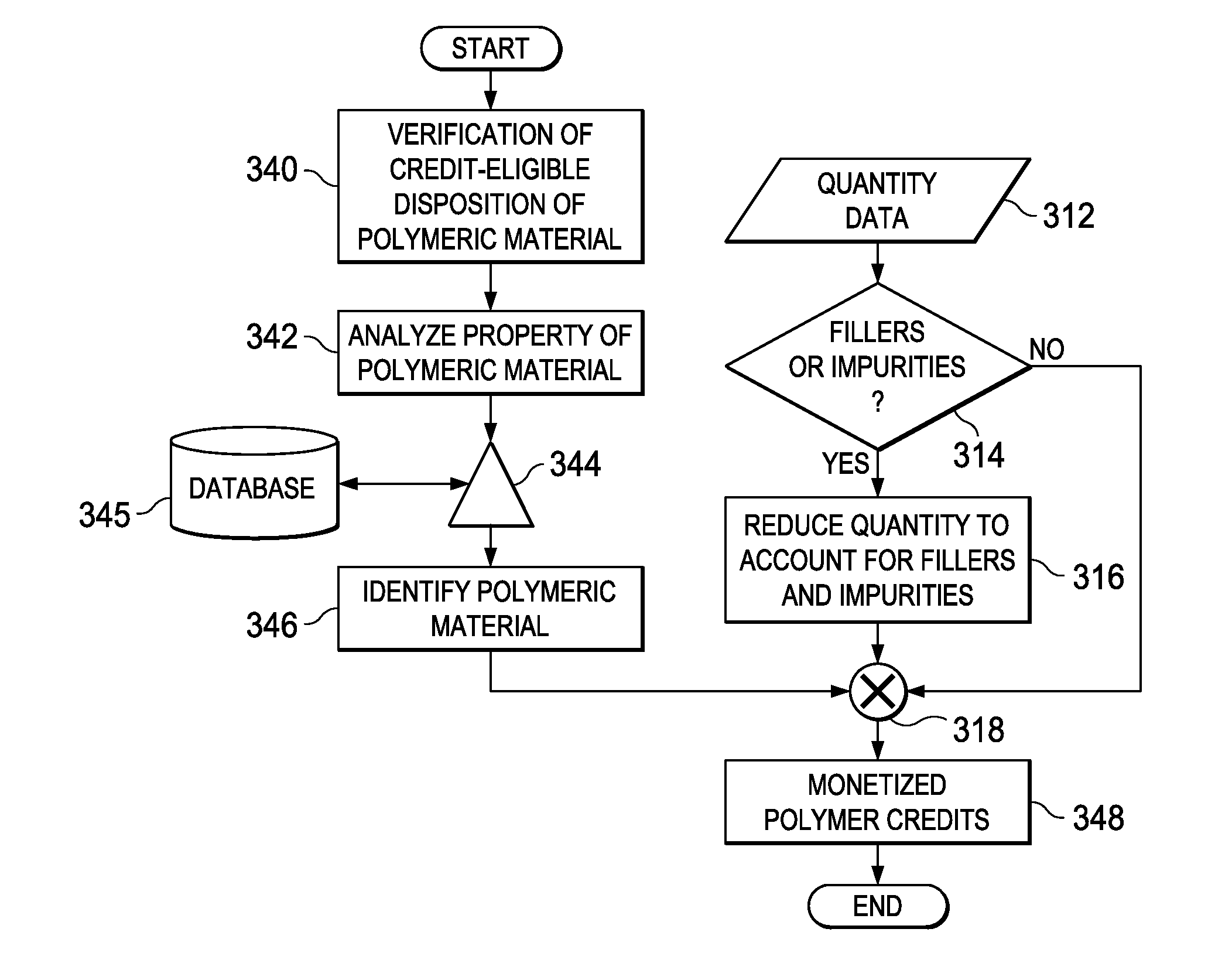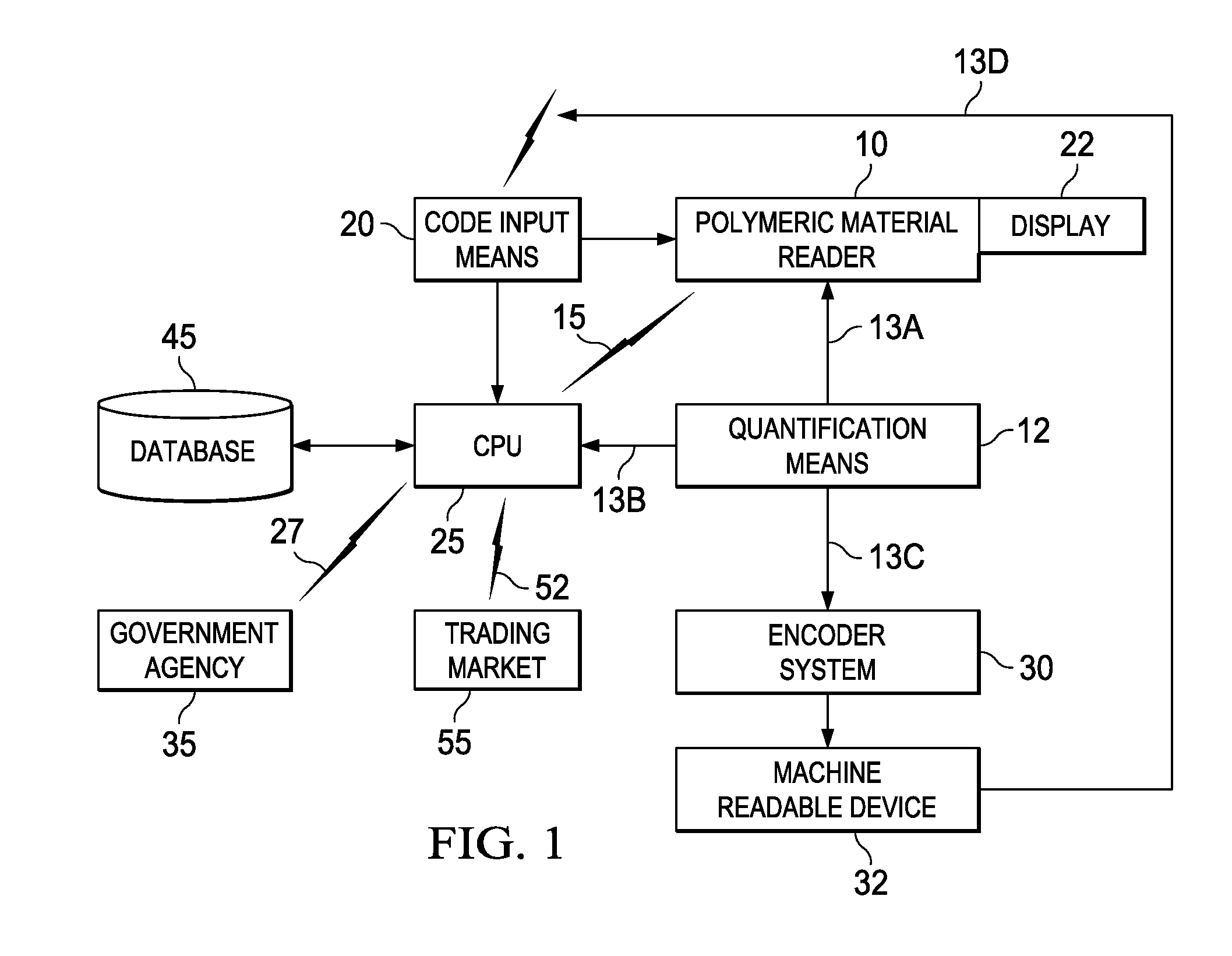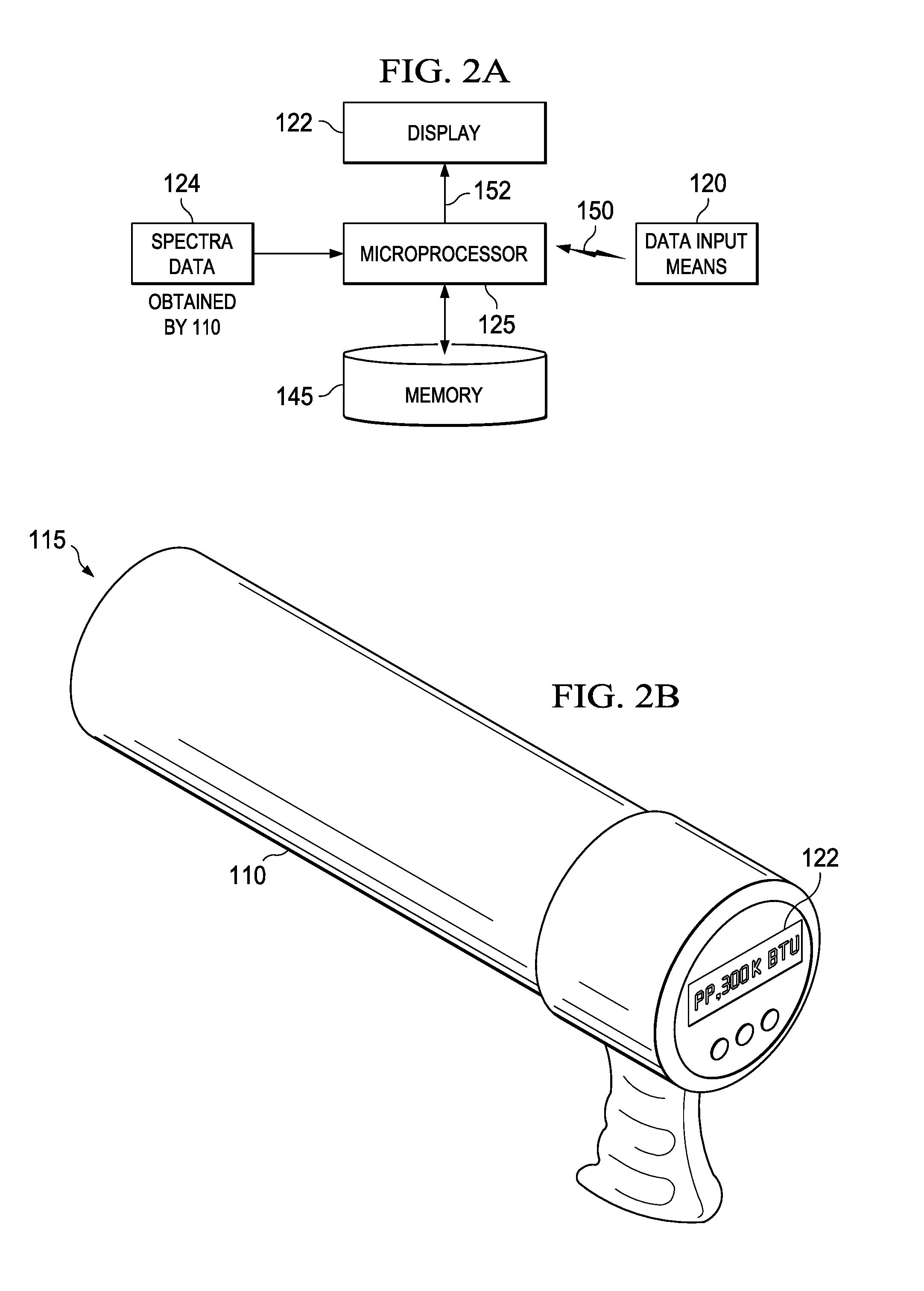System and method for monetizing and trading energy or environmental credits from polymeric materials
a technology of polymer materials and energy credits, applied in the field of systems and methods for monetizing, trading, and tracking environmental or energy credits regarding plastic, can solve the problems of ineffective end of life solutions for bio based polymers, adverse environmental effects of polymer materials, water or land pollution,
- Summary
- Abstract
- Description
- Claims
- Application Information
AI Technical Summary
Problems solved by technology
Method used
Image
Examples
Embodiment Construction
[0017]The present invention is a system for monetizing, trading and / or tracking energy or environmental credits created from disposition of polymer waste or scrap materials (hereinafter “polymeric materials”) in a manner which minimizes adverse environmental impact and / or encourages the use of such materials as an energy source. These credits are hereby named “polymer credits” which may be further categorized as “polymer environmental credits” and “polymer energy credits.” Polymeric materials include, inter alia, post-industrial, pre-consumer or post-consumer waste as those terms are used in common parlance. Examples of polymers in polymeric materials are biopolymers, polypropylene (PP), polyethylene (PE), polyamide (Nylon), polyethylene terephthalate (PET), poly(trimethylene terephthalate) (PTT), polystyrene (PS), polylactic acid (PLA), polyvinyl chloride (PVC), CO2-derived polymers and many specialty plastics including as an example polyetheretherketone (PEEK). In addition, other ...
PUM
 Login to View More
Login to View More Abstract
Description
Claims
Application Information
 Login to View More
Login to View More - R&D
- Intellectual Property
- Life Sciences
- Materials
- Tech Scout
- Unparalleled Data Quality
- Higher Quality Content
- 60% Fewer Hallucinations
Browse by: Latest US Patents, China's latest patents, Technical Efficacy Thesaurus, Application Domain, Technology Topic, Popular Technical Reports.
© 2025 PatSnap. All rights reserved.Legal|Privacy policy|Modern Slavery Act Transparency Statement|Sitemap|About US| Contact US: help@patsnap.com



